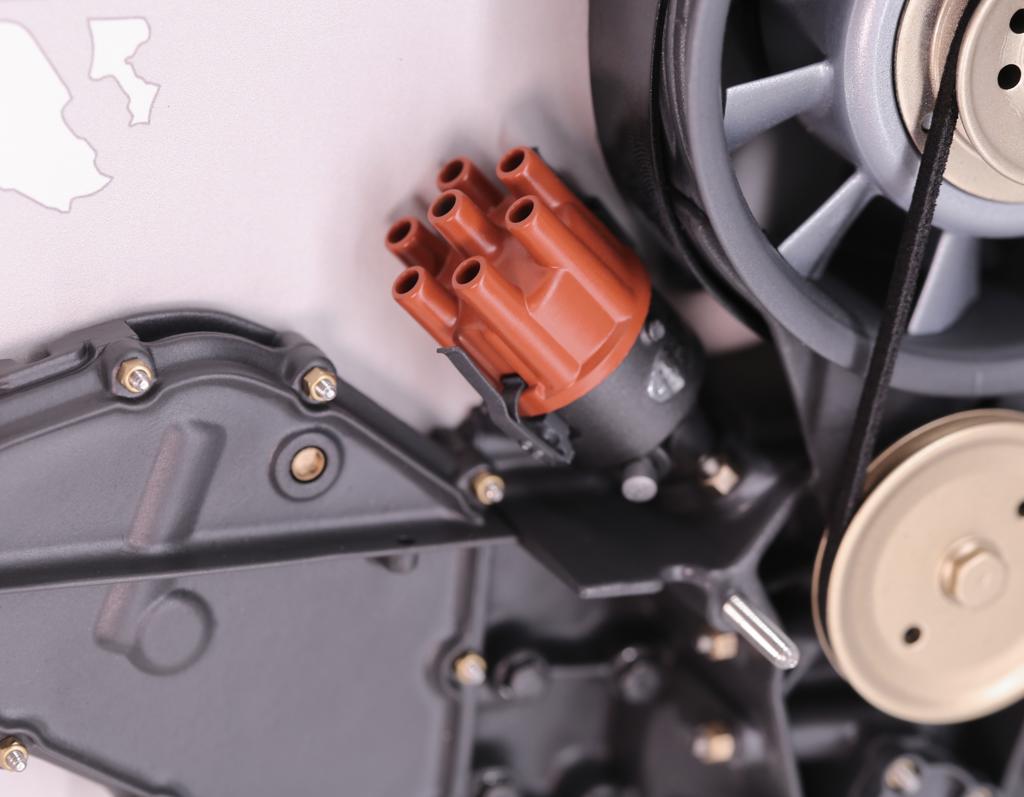
Porsche Inspired Artwork
The line between part and art gets blurry if you look close enough at the bits that make up an old Porsche
There was a time when every part, every car, was designed on a drawing board. Physical pen on physical paper, drawn by a real person. The result was minimalistic and functional, yet contained the DNA of its maker. Physical requirements dictated the hard points and human creativity filled in the rest. Real hands did the stamping and casting, real hands did the assembly.
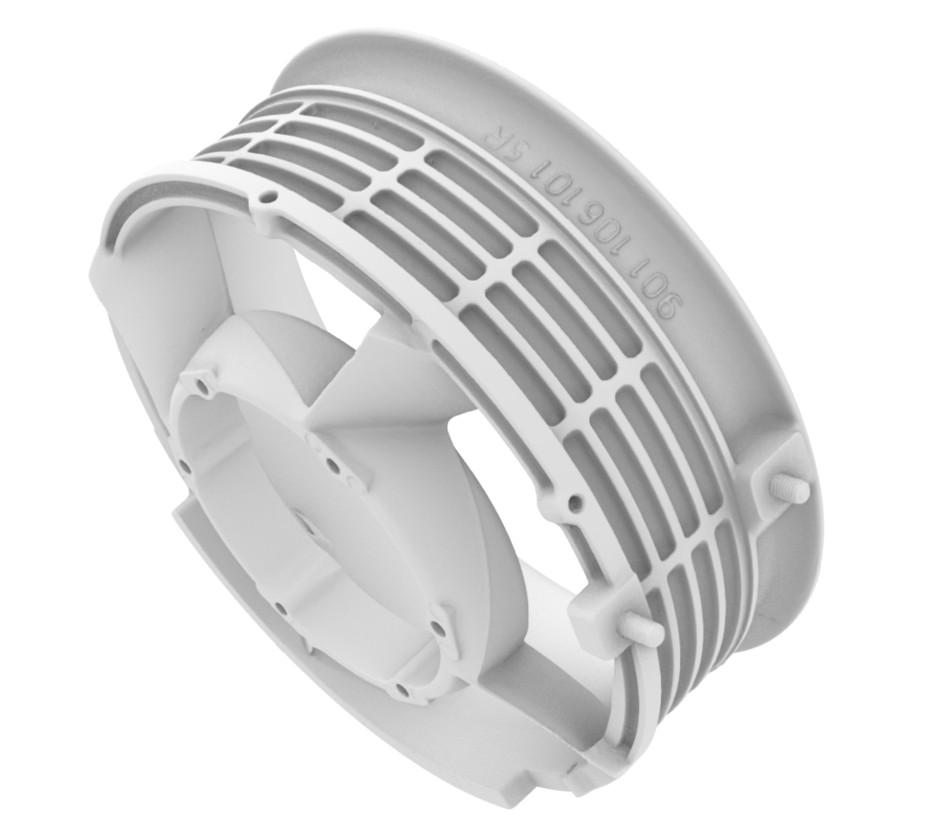
It all starts with a high-quality 3d scan
The only way to accurately capture the geometry and surface texture of an old part is to 3d scan it. We use high-end equipment to pick up even the finest details including part numbers, casting marks and surface imperfections which all add to the character of the object. We research material characteristics and keep trying until we can faithfully recreate every aspect of it. For instance, it took years of experimentation before we finally discovered how to replicate the Dow Corning finish that Porsche applied to their magnesium engines.
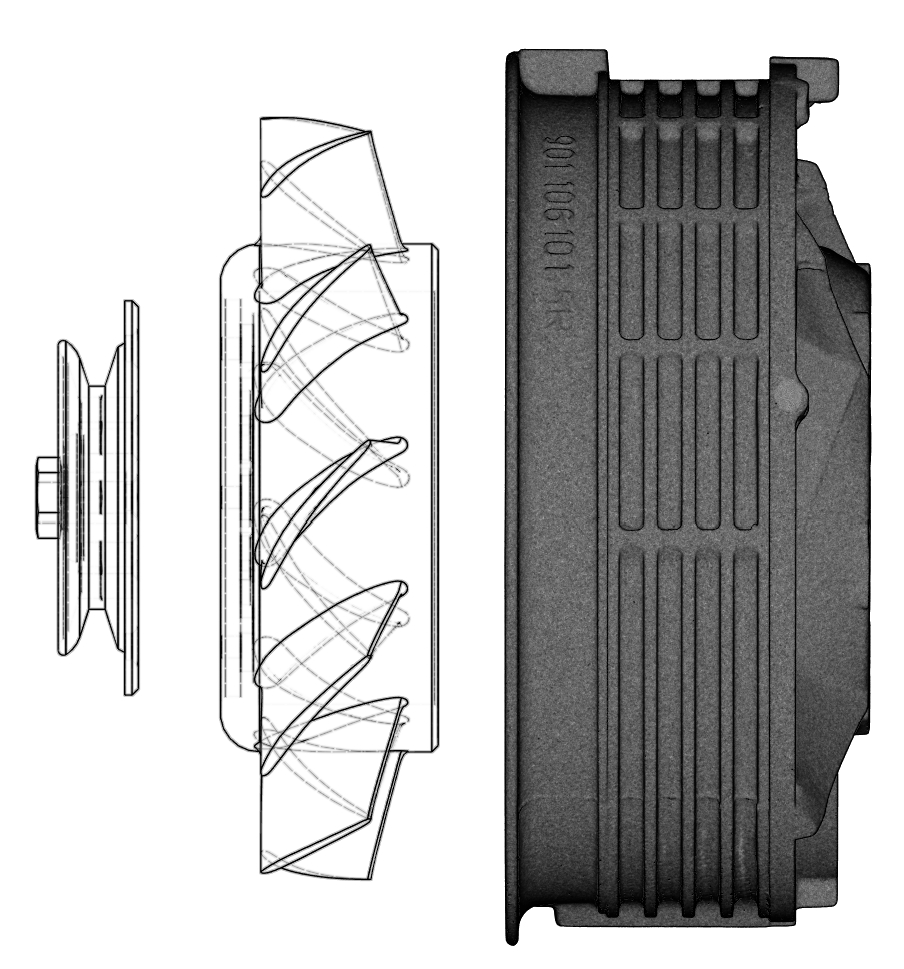
The hard part is to make a small version without losing detail
As an object shrinks in size it becomes exponentially harder to reproduce all of its features. Gaps become so small they start disappearing or get filled up by airbrush paint and tiny details merge together, eventually becoming one with the background. We use a combination of cutting-edge technology and skilled craftsmanship to retain these tiny details, no matter how small they may get. After all, they are all part of the story we are telling with our creations. You may need a magnifying glass to see them though.
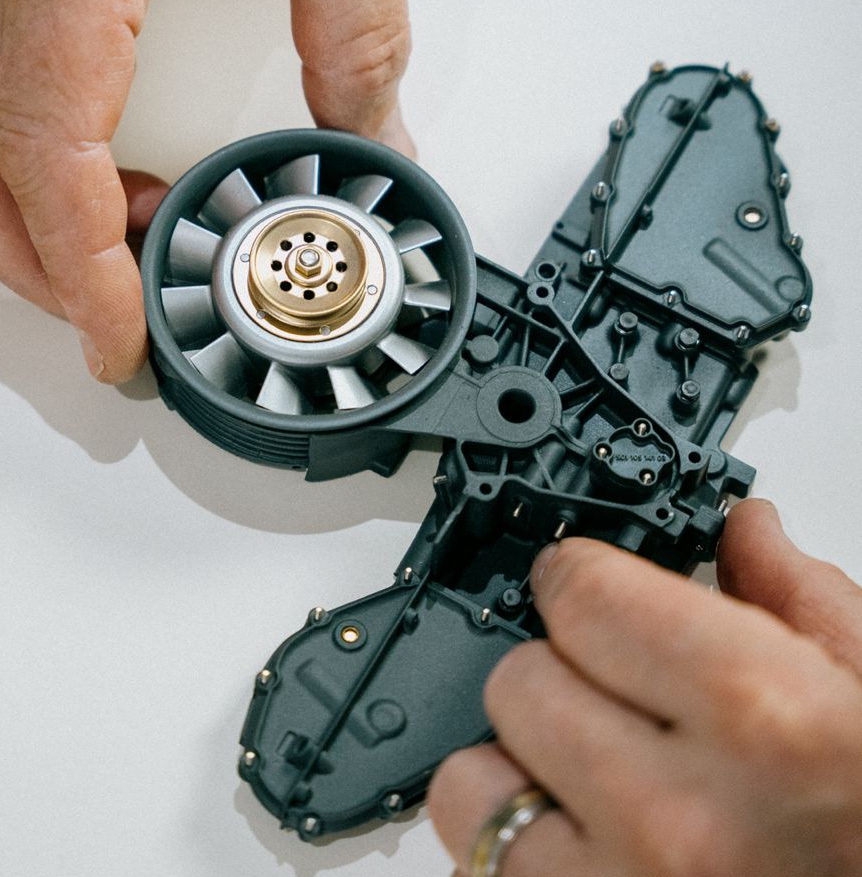
Assembly requires a steady hand, patience and nerves of steel
Every framed engine starts with a build sheet, not unlike the real thing. All parts are checked for imperfections and every surface must have the right sheen and texture before assembly can begin. This is a slow process as there's no point rushing around parts that can be blown away by a single breath.
As the build process proceeds the stakes get higher. It's easy for a small mishap to ruin a whole piece right at the end. A high quality threshold often comes at a price.
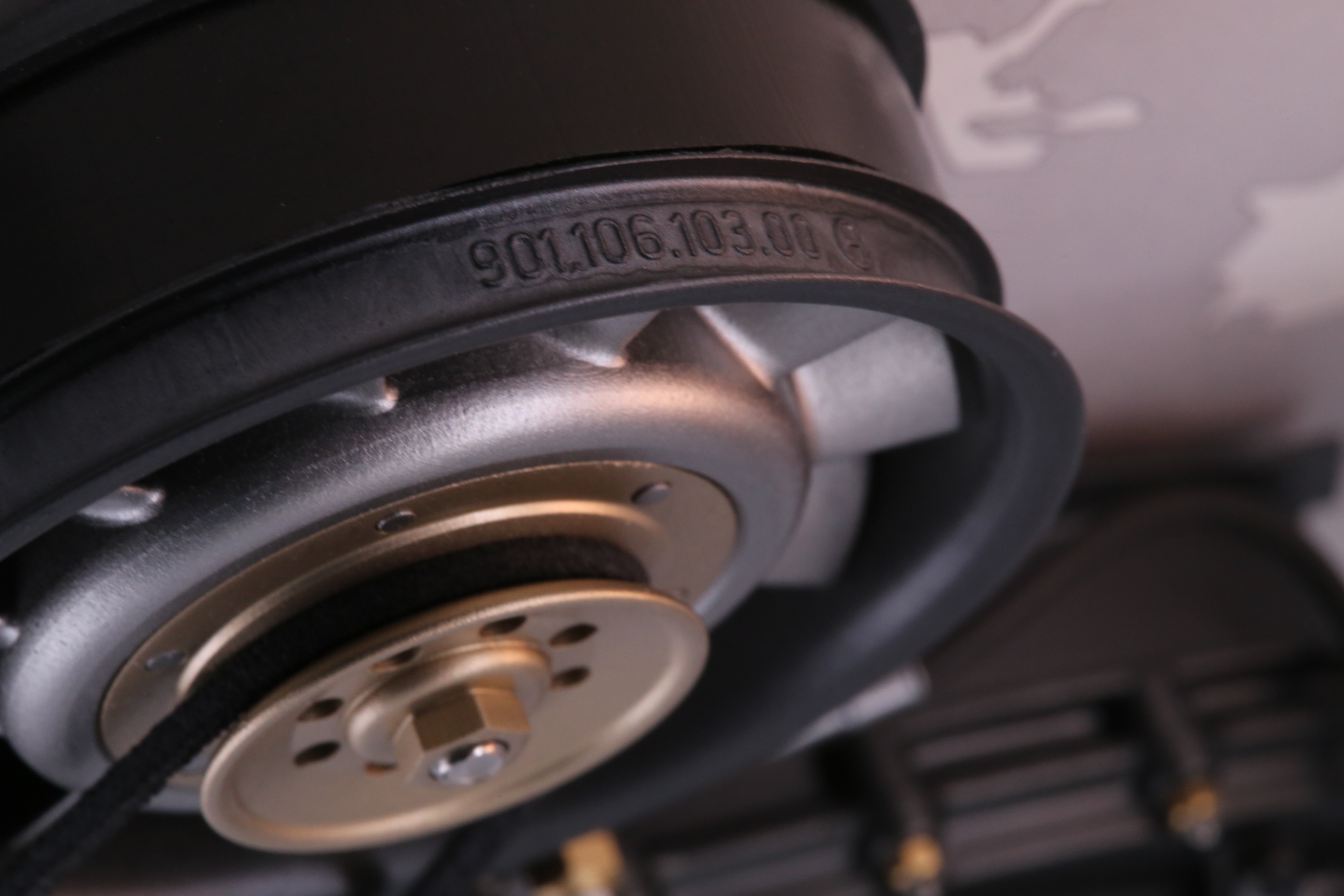
It's all about character and authenticity
Whether we're building an engine, wheel or steering wheel, the ultimate test is whether the result is a worthy representation of an object that embodies both function and emotion. We ask ourselves: did we manage to capture not only its form but also its character? Will it be instantly familiar to those who have been around Porsches for decades? Can it stand proud next to the real thing, be it in a humble shed or prestigious museum? If so, it gets a solid wood frame. If not, we keep trying until we succeed.
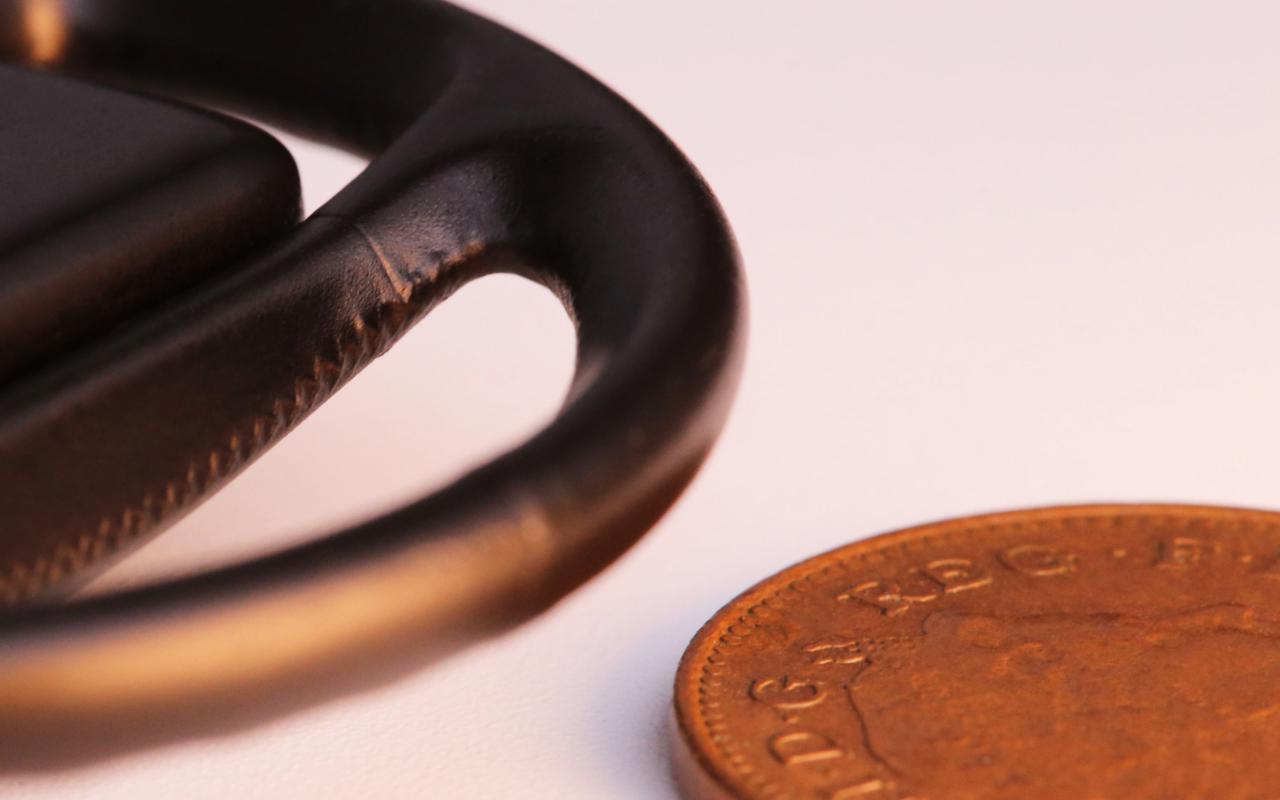
Recreating the leather texture on a penny-scale steering wheel is just about impossible.
That's why we kept trying until we got it right. If it was easy we'd probably not be interested.
One advantage of any discovery is that it opens up further opportunities, leading to more discoveries. Once you figure out how to reliably produce features which are tens of microns in size, you can work with tighter tolerances and produce better fitting parts in other parts of the business. As a direct result of our obsession with detail our parts have gained a reputation in the Porsche aftermarket for their dimensional accuracy and consistency. This in turn leads to further refinement which feeds directly back to the fun part of our business: even better little versions of big things.
Whether it's a part or piece of art, in the end it boils down to the same thing and we put the same care into both.
The art is in the detail.
